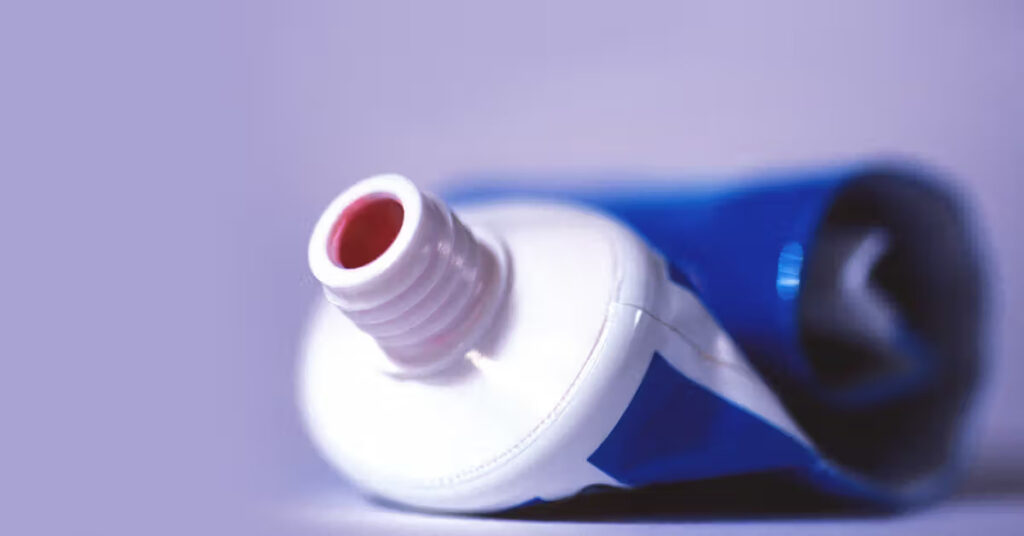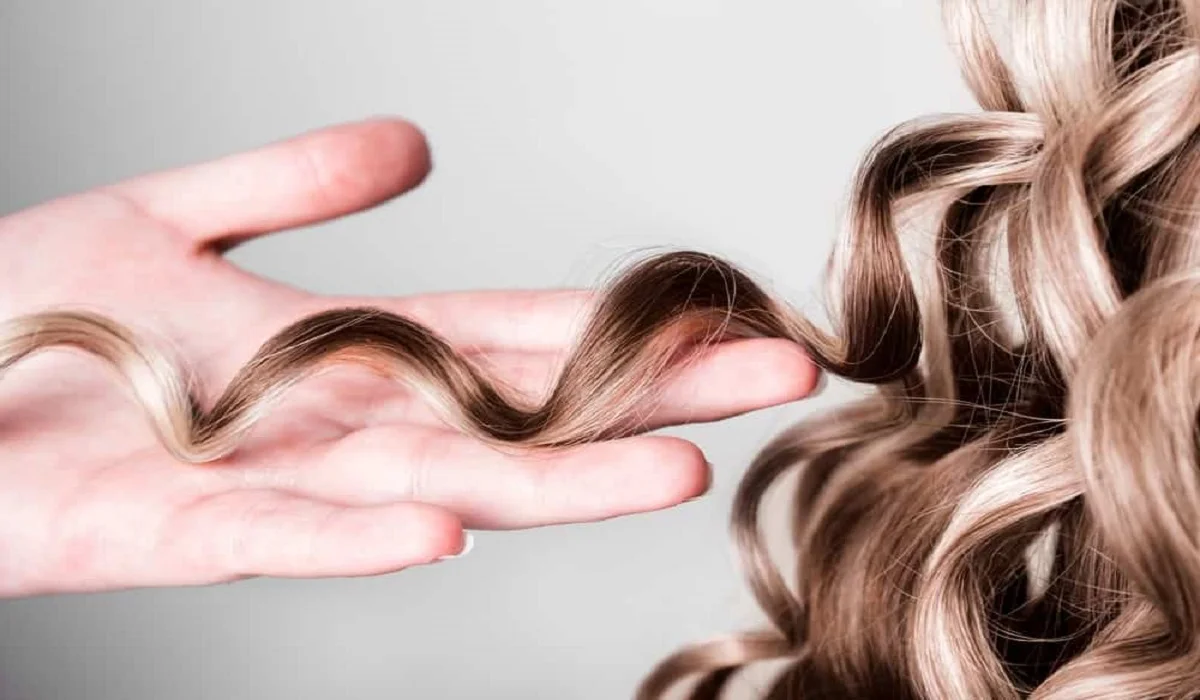
Dealing with pimples, those unwelcome guests on your skin, can be frustrating and often prompts people to seek quick solutions. One such age-old remedy that has circulated for decades is the use of toothpaste to banish pimples overnight. It’s a notion that’s been passed down through generations, seemingly offering a simple and cost-effective solution to a common skin concern. But does toothpaste genuinely get rid of pimples, or is it just another skincare myth?
In this comprehensive guide, we’ll explore the science behind acne, the ingredients in toothpaste, whether toothpaste can help with pimples, potential risks and drawbacks, and better alternatives for pimple management.
Understanding Acne: The Basics
Before delving into the toothpaste-pimple connection, let’s first understand what acne is and how it forms.
- What is Acne?Acne is a common skin condition that occurs when hair follicles become clogged with oil and dead skin cells. It can manifest as various types of blemishes, including blackheads, whiteheads, papules, pustules, cysts, and, of course, pimples.
- Causes of Acne:Acne is primarily driven by four main factors:
- Excess Sebum Production: Sebum is the skin’s natural oil. Overproduction of sebum can lead to clogged pores.
- Clogged Pores: When hair follicles become clogged with excess sebum and dead skin cells, they form the basis for acne lesions.
- Bacterial Activity: The presence of Propionibacterium acnes (P. acnes) bacteria within clogged pores can lead to inflammation and the development of pimples.
- Inflammation: The body’s immune response to P. acnes bacteria causes redness, swelling, and the characteristic appearance of pimples.
The Science Behind Toothpaste
Now, let’s take a closer look at toothpaste and its ingredients. Toothpaste is designed for oral hygiene and contains various components meant to clean and protect your teeth and gums. Common ingredients found in toothpaste include:
- Fluoride: Fluoride is the primary active ingredient in toothpaste. It helps prevent tooth decay by strengthening tooth enamel and reducing the risk of cavities.
- Abrasive Agents: These are particles or compounds that help remove plaque and stains from teeth. They include substances like hydrated silica, calcium carbonate, and baking soda.
- Detergents: Detergents create foam when you brush your teeth. Sodium lauryl sulfate (SLS) is a common detergent found in many toothpaste brands.
- Humectants: These ingredients keep the toothpaste from drying out and help maintain its consistency. Glycerin is a typical humectant used in toothpaste.
- Flavoring Agents: Toothpaste often contains artificial or natural flavorings to make it more palatable.
- Thickeners: Thickeners are responsible for the toothpaste’s texture and consistency. They include various gums and binders.
- Antimicrobial Agents: Some toothpaste brands include antimicrobial agents like triclosan to help combat oral bacteria.
The Toothpaste-Pimple Connection: Myth or Reality?
The idea that toothpaste can help get rid of pimples likely stems from the perception that toothpaste contains ingredients with drying or antibacterial properties. However, the reality is more complex.
- Drying Effect: Toothpaste does have a drying effect on the skin. It can absorb excess oil, which might temporarily reduce the appearance of pimples. This is why some people believe that applying toothpaste to a pimple can help it dry out.
- Potential Irritants: On the flip side, toothpaste contains various ingredients that can be harsh on the skin. For instance, fluoride, abrasive agents, flavorings, and detergents may irritate the skin when applied topically. Toothpaste is not formulated for use on the skin, and applying it to your face can lead to redness, peeling, and further irritation.
- Risk of Allergic Reactions: Toothpaste may contain allergens or irritants that can trigger allergic reactions when applied to the skin. These reactions can be uncomfortable and may worsen the condition of your skin.
- Ineffectiveness Against Underlying Causes: While toothpaste may temporarily dry out a pimple, it doesn’t address the underlying causes of acne. It doesn’t target excess sebum production, clogged pores, bacterial activity, or inflammation—all of which contribute to acne development.
- Uneven Results: The effectiveness of toothpaste varies from person to person and depends on the specific toothpaste brand and formulation. What works for one individual may not work for another.
The Risks and Drawbacks of Using Toothpaste on Pimples
Before considering toothpaste as a pimple remedy, it’s crucial to understand the potential risks and drawbacks:
- Skin Irritation: Toothpaste can cause skin irritation, redness, peeling, and burning sensations. These side effects can be uncomfortable and may worsen the appearance of your skin.
- Allergic Reactions: Some people may be allergic to certain ingredients in toothpaste, leading to allergic skin reactions.
- Dryness: While toothpaste may dry out a pimple, it can also dry out the surrounding skin, potentially causing flakiness and further discomfort.
- Post-Inflammatory Hyperpigmentation (PIH): Picking at or applying toothpaste to pimples can increase the risk of PIH, which are dark marks that can persist after the pimple has healed.
- Potential for Worsening Acne: Instead of improving the condition of your skin, applying toothpaste can worsen acne by causing more inflammation and potentially clogging pores.
- Ineffectiveness: Toothpaste is not a scientifically proven or recommended treatment for acne. Its effectiveness is anecdotal at best.

Better Alternatives for Pimple Management
If you’re dealing with pimples and seeking effective ways to manage them, there are several better alternatives to toothpaste:
- Over-the-Counter (OTC) Acne Products:
- OTC acne products containing ingredients like salicylic acid, benzoyl peroxide, or alpha hydroxy acids (AHAs) are formulated specifically to treat acne. They target the underlying causes of acne and can be more effective than toothpaste.
- Prescription Medications:
- For more severe or persistent acne, consider consulting a dermatologist. They can prescribe topical or oral medications tailored to your specific skin condition.
- Gentle Skincare Routine:
- Adopt a gentle skincare routine that includes a mild cleanser and a moisturizer suitable for your skin type. Avoid harsh products that can irritate the skin.
- Healthy Lifestyle Choices:
- Maintain a balanced diet, stay hydrated, and manage stress, as these factors can influence the development of acne.
- Hands-Off Approach:
- Resist the urge to pick or squeeze pimples, as this can worsen inflammation and lead to scarring.
- Use Non-Comedogenic Products (Continued):
- Choosing skincare and makeup products labeled as “non-comedogenic” means they are less likely to clog pores and contribute to the development of pimples.
- Regularly Change Pillowcases and Face Towels:
- Changing your pillowcases and face towels regularly can help reduce the transfer of oils, dirt, and bacteria to your face, which can contribute to acne.
- Spot Treatments:
- Consider spot treatments containing benzoyl peroxide or salicylic acid. These can be applied directly to pimples to speed up their healing without affecting the surrounding skin.
- Sun Protection:
- Protect your skin from the sun by using a broad-spectrum sunscreen with SPF 30 or higher. Sunburn and UV radiation can exacerbate acne.
- Consult a Dermatologist:
- If your acne is severe, persistent, or causing emotional distress, consult a dermatologist. They can provide personalized treatment plans, including prescription medications and advanced therapies.
- Patience:
- Be patient with your skin. Pimples can take time to heal, and using multiple treatments at once can lead to over-drying and irritation.
- Avoid Harsh Scrubs:
- Avoid using harsh physical scrubs or brushes on acne-prone skin, as they can exacerbate inflammation.
- Hydrate and Moisturize:
- Hydration is essential for maintaining skin health. Even if you have oily skin, use a lightweight, non-comedogenic moisturizer to prevent excessive dryness.
- The Role of Prevention
- Preventing pimples is often more manageable than treating them after they’ve appeared. Consider adopting the following prevention strategies:
- Regular Face Washing:
- Wash your face twice daily with a mild cleanser to remove excess oil, dirt, and impurities.
- Avoid Touching Your Face:
- Touching your face can transfer bacteria from your hands to your skin, potentially leading to breakouts.
- Clean Makeup Brushes:
- Regularly clean your makeup brushes and sponges to prevent the buildup of bacteria and oils.
- Balanced Diet:
- A diet rich in fruits, vegetables, whole grains, and lean proteins can promote overall skin health.
- Stress Management:
- High stress levels can trigger acne or exacerbate existing breakouts. Practice stress-reduction techniques like meditation or yoga.
- Avoid Overly Oily or Heavy Products:
- Skincare and makeup products that are too heavy or oily can clog pores. Opt for products designed for your skin type.
- Limit Sugar and Dairy:
- Some studies suggest that a diet high in sugar and dairy products may contribute to acne in some individuals. Consider reducing your intake of these items if you suspect they may be triggers for your acne.
While the notion of using toothpaste as a quick fix for pimples has circulated for years, it’s important to approach this remedy with caution. Toothpaste is not formulated for skincare and can lead to skin irritation, redness, and discomfort. There are more effective and safer alternatives for managing pimples, ranging from over-the-counter acne products to prescription medications and healthy skincare habits.
Remember that the effectiveness of pimple treatments can vary from person to person, and it may take time to find the best approach for your unique skin. Patience, consistency, and a gentle approach to skincare are key to achieving and maintaining clear, healthy skin. If your acne is severe or persistent, seeking the guidance of a dermatologist is advisable to develop a personalized treatment plan tailored to your needs.








